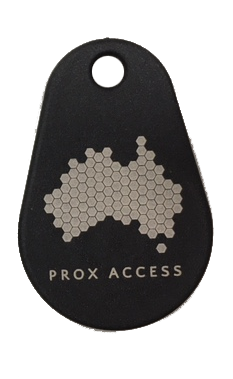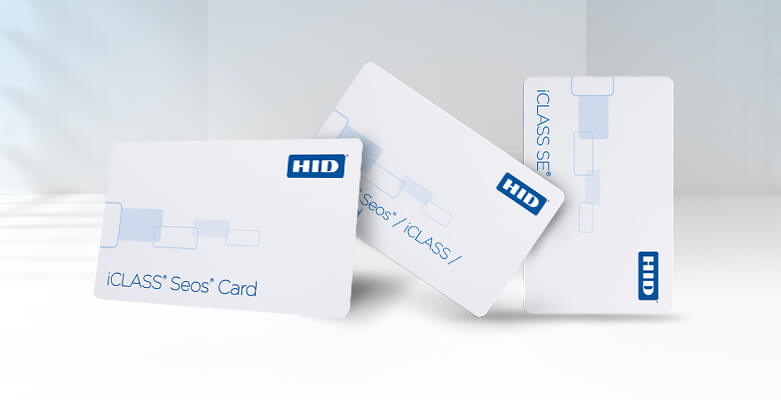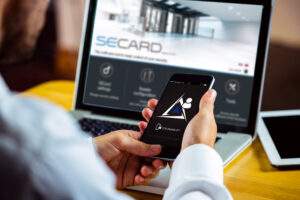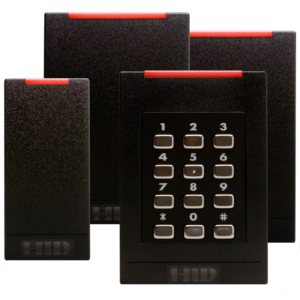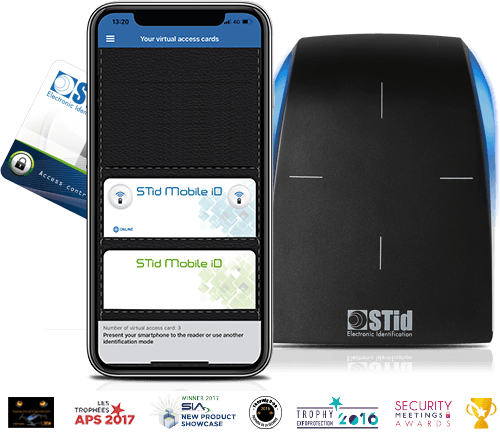HID iClass key fobs & key cards
Deliver in less than 4 business days
at a cheaper price than your security integrator.
We can supply any HID iClass encrypted key
HID Proximity III key fobs & cards
Deliver in less than 4 business days
at a cheaper price than your security integrator.
We can supply any HID Proximity III original key fobs and key cards 26Bits or more
HID Proximity II key fobs & cards
Deliver in less than 4 business days
at a cheaper price than your security integrator.
We can supply any HID Proximity II original key fobs and key cards 26Bits or more

